How to Build a Facebook Marketing strategy - A complete guide for your business
As one of the most popular social media platforms for sharing content, promoting companies, and engaging with customers, Facebook has over two billion monthly active users. Today, Facebook Pages are used by more than 70 million businesses each month, and that number is only going to rise in the near future. More brands are on Facebook, which means the competition is heating up. Your company must devise strategies to cut through the clutter without tiring your audience.
Facebook can be an effective tool for generating leads and increasing sales in a wide range of industries and niches. Thanks to its large volume of users, you will have an audience no matter what your market or specialty is. You also can’t escape promoting on Facebook if you’re a business today, especially one that’s online.
As long as you have a solid Facebook marketing strategy, you can reach your audience when they’re ready to buy, or at the very least get their attention and help them remember your company, product, and service when the time comes to make a purchasing decision. You can get started with this simple marketing strategy.
Benefits of Facebook marketing to consider
Broad audience
Wide Advertising on Facebook gives businesses access to one of the most engaged customer populations in the world. Statista estimates that Facebook will have more than 2.6 billion members worldwide by the end of July 2020. Facebook has a huge audience that includes people from many walks of life.
Alignment with both B2B and B2C companies
Compared to the general population, business leaders spend 74% more time on Facebook. Because the B2B industry is highly competitive, B2B marketers must be particularly aggressive when using Facebook to promote their products. Even yet, with the appropriate combination of audience targeting, ad type, messaging, and off-Facebook user experience, you have a good chance of succeeding.
Variety of engagement forms
Facebook is the only digital platform that seems to be able to satisfy users at all points in their engagement journey. Targeting options and measurement features on Facebook are well-suited to any marketing plan. It’s beneficial to everyone, whether they’re at the top of the sales funnel, simply browsing and just getting started with their research, or ready to make a purchase.
Different types of ads
Facebook has the most ad formats of any social media network, with ten accessible. There are several possibilities for each level of the marketing funnel, with the most popular ones being image and video ads.
Note that almost all ad formats allow for some combination of text and visuals, giving you a lot of room to tell the story of your company as well as show it off. In particular, if your company permits third parties to publish on your company’s feed, Sponsored Posts are an ad style worth considering. Advertising that has been purposefully crafted is more difficult to distinguish from other communications, so user-generated content frequently performs better.
How to build a Facebook marketing strategy in 2021
Want to boost your company’s success, attract new consumers, and raise revenue with Facebook marketing? Not sure where to start? Let’s take a look at the most important aspects of a Facebook marketing plan: You’ll be able to take your Facebook marketing to the next level if you keep these tips in mind.
Step 1: Identify your marketing objectives
The outlining step of your marketing plan is where you decide on your company’s goals for the coming period. When deciding on your primary marketing objectives for Facebook, keep in mind your KPIs, just as you would with any other social media marketing approach.
KPIs, or key performance indicators, are metrics that show how well your marketing and commercial goals are doing. You must now specify your marketing objectives in light of your KPIs. Setting objectives in advance helps you keep track of your progress while you carry out your Facebook marketing campaign.
It’s critical to use the five SMART goal qualities while creating your goals:
- Specific: What exactly are you hoping to achieve? What obstacles might stand in the way of achieving these objectives? What is the significance of these objectives to your business?
- Measurable: The number of new visitors and likes on your page is quantifiable. Describe a method for knowing if you’ve succeeded in reaching your goal.
- Attainable: Does your company have the financial and technological resources to meet your objectives?
- Relatable: Do your aims relate to the main business objectives of your organization or to the industry in which you are currently operating?
- Time-bound: Were you specific about when the project will come to a close? Is there a sense of urgency and importance associated with the time range you’ve chosen?
You may achieve goals like generating leads, nurturing and qualifying your prospects, attracting traffic to a website, and increasing sales conversions by using Facebook. Facebook also gives opportunities to improve customers’ support and to increase customer engagement.
Your aim defines your strategies, postings, and ad types. You can achieve your goal by breaking it down into smaller, interim goals. The closer you go to your ultimate goal, the more progress you’ll make along the way. Finally, make a list of KPIs you’ll use to gauge the success of each strategy.
Step 2: Identify your target audience
When it comes to determining your Facebook audience, there are numerous methods available. A user persona can be created as a strategy.
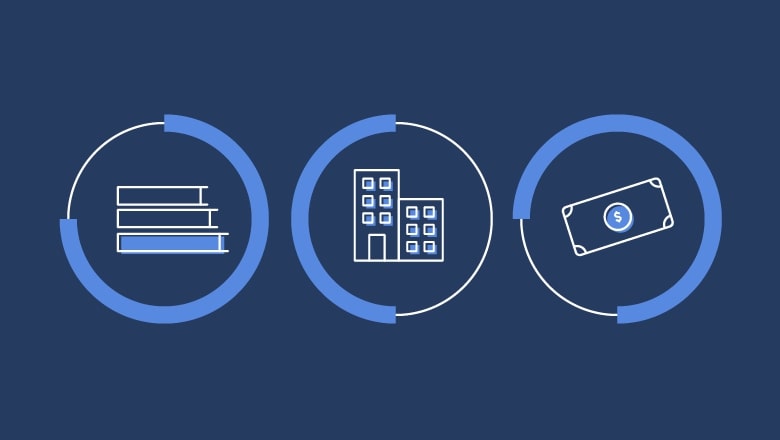
Essentially, a user persona (which is related to a buyer persona) is a depiction of the ideal person who follows your business on social media and engages with it. All your social media activities should be based on your user persona, which should be defined by their preferences, interests, and communication style. To begin, we suggest you respond to the following questions:
- Does your product cater to male or female customers?
- Are your clients all of a certain age range?
- What are the most common occupations for these people?
- What’s the common denominator here?
- What’s the benefit of using your product over the competition?
- What are they hoping to achieve by using it?
Facebook Audience Insights is another tool for learning more about your target audience. You’ll be able to see who’s connected to your page, who’s in your custom audience, and who’s on Facebook by using this tool. You may learn more about your current audience’s preferences, as well as where they live, what language they speak, and what they’ve purchased in the past.
As a new Facebook business user, you won’t be able to take advantage of these insights just yet. However, this feature is already available to users on all leading social media networks.
If your company has a presence on LinkedIn, Instagram, or Twitter, you may use the demographics of that audience as a starting point for your Facebook advertising strategy. Assuming that these demographics are similar, you won’t have to worry if you’re starting from scratch without any demographic data.
Step 3: Decide on your content format
With your target audience and goals well defined, it’s now time to develop a content strategy that will assist you in achieving your goals. A content marketing strategy is creating a step-by-step plan that details the sorts and styles of content you’ll create. Producing additional content will increase your conversions. Your user engagement will increase if you employ a variety of formats, post consistently, and communicate with your customers.
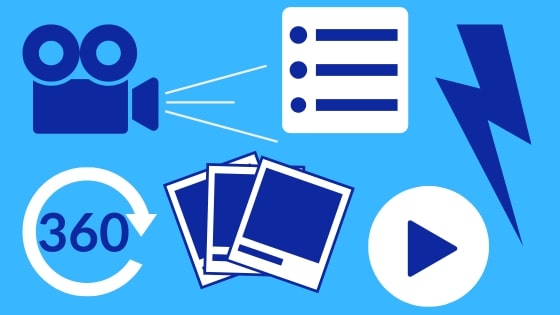
Text posts, photo posts, video posts, and link posts are the four types of postings that businesses on Facebook can publish on their Pages. Create a variety of content using a variety of mediums.
- When utilizing photographs, make sure they are of professional quality and high resolution. Also, avoid using stock images if you can avoid them.
- Videos are the most effective means of attracting and retaining customers. Remember that most people will watch your video without sound, so make sure your message comes across clearly without it.
- Keep your text to a maximum of three sentences. It’s up to you to make good use of them by attracting attention, providing value, and inspiring action.
- Pay close attention to the image while adding a link to your website.
Using the correct content mix is another factor to consider. Building relationships with your audience requires more than just promotional content. Furthermore, Facebook has the power to penalize pushy salespeople. Include commercial content along with instructive and informative elements. Customers will be eager to learn more about your product if you can deliver high-quality and relevant information.
Step 4: Schedule your posts in advance
The regularity and consistency with which postings are published are other critical considerations. Your publications should not be a constant source of irritation to your readers, and you should be able to produce high-quality content without being constrained by impossible constraints. Make use of a content calendar for this. Take care of all the marketing channels you employ, match each objective to a content format, and distribute it across all of them.
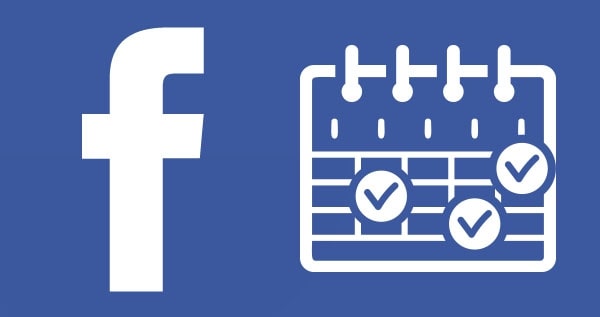
Plan when your campaign posts will be published and space them out across a few days. Pre-plan blog entries that will go live as soon as the article is published, and even plan out the days when you’ll post images and updates from your company.
If you like, you may draft and schedule Facebook posts directly from the platform. To do this, type your article and then choose from Share Now, Schedule, Back Date, or Save Draft under the News Feed options. Then click Share.
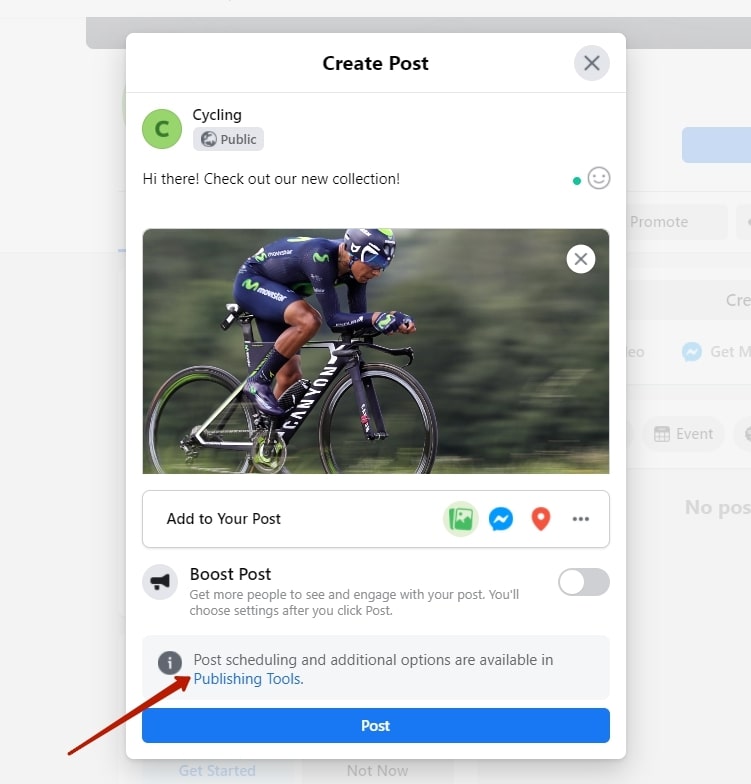
When you use Facebook’s “editorial calendar” to schedule posts, it creates a list of those scheduled posts that you may modify, reschedule, publish now, or delete. Your menu tab, then Publishing Tools, where you’ll find all of your scheduled and draft posts.
Step 5: Use Facebook tools to interact with your audience
Engagement is a critical component of any successful social media marketing campaign. On Facebook, your goal should be to interact with your audience and to entice them to interact with you. When used properly, Facebook may act as a professional social media platform where customers can learn more about your company’s products and services and ask pertinent questions that can assist guide their purchasing decisions.
If you’re working with this channel, there are numerous excellent resources available to help you be more efficient and successful. Here’s a rundown of some of the most useful ones.
Likes and comments
Like and commenting on organic Facebook posts that have nothing to do with your brand or industry is pointless if you’re a firm on the platform. A Facebook recommended practice for any business is to respond to those who engage with your posts by like and comment.
Once you receive a response expressing that they enjoyed the item you shared, like their comment, and react with a comment saying you’re glad they found it interesting. Share a similar article with them and tell them to go check it out after you.
Replies should always sound natural, not like they were generated by a computer program. Mention them by name and express your gratitude for their interest in your brand in your comment.
However, not every consumer is satisfied, and some people use social media to vent their resentment and vitriol toward other people. A nasty comment can be responded to in several ways, including by hiding or deleting the comment or by blocking the commentator. The user will know that you care about your entire audience, not just those who enjoy your content if you respond to a critical review.
Reactions
In addition to the standard “like,” people can now express their feelings about posts using animated emoticons. The new reaction feature on Facebook adds some life to your timeline. If you want to show your appreciation, don’t just like it. Instead, communicate your feelings. Reactions simplify user interaction even further.

Refrain from reacting to content with the emotions Sad or Angry if you see it or get it, as they may be relevant. Always keep in mind that you are a business first and foremost and that you should use social media to promote your brand as such.
Ads for Message
Not only will your CTR and conversions go up with this ad type, but customers will be able to interact with your brand directly through Facebook Messenger as a result. Advertising that directs consumers to Messenger rather than a landing page are known as click-to-Messenger ads.
When a user hits “Send a message,” they’ve taken to Facebook Messenger instead. This is a fantastic solution for firms looking to turn users into leads right away. If done correctly, a chatbot can act as a sales funnel. You’ll acquire a ton of new clients if you manage to grow it wisely by nurturing leads.
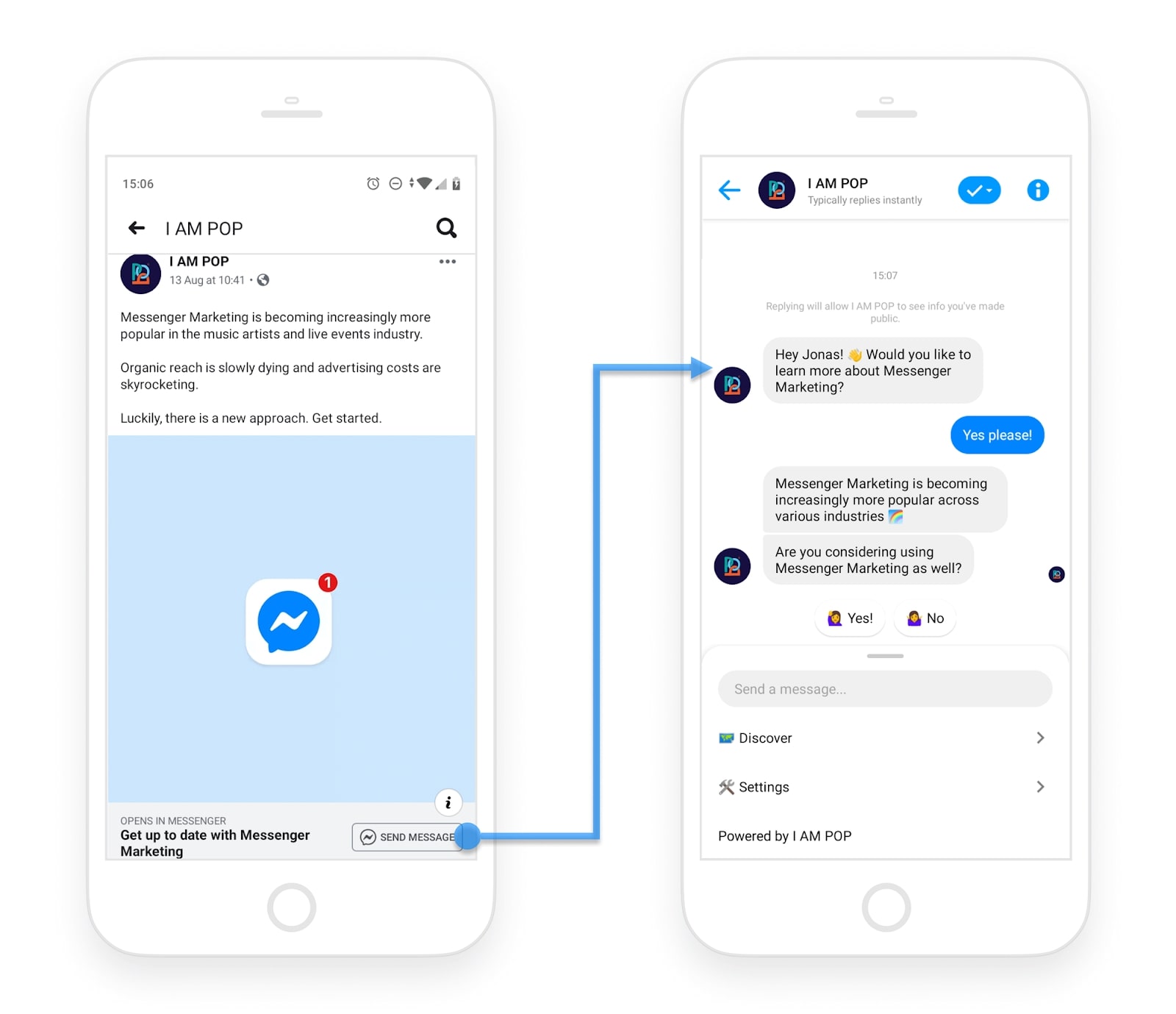
Click-to-messenger ads are made in the same way as regular ads. All you have to do is select “Get more messages” as your objective instead of “Get more messages.”
Facebook Messenger
One-on-one chats with your customers are ideal for using Facebook Messenger. Rather than having a customer look all over your company’s Facebook page for contact information when they have a problem that needs to be fixed, they can just use Messenger to reach out to you directly.
Customers will be able to communicate with a representative of your company in real-time by using Facebook Messenger for customer service contact. Having someone keep an eye on your Business Page can help you avoid leaving someone in the dark.
Businesses who wish to customize how users can message their Page can do so with Facebook’s customized settings. You’ll find them under the Messages heading in the Facebook Page settings for your company. Message greetings and response times are all controlled by Response Assistant settings. You may let folks know you’ll answer quickly by enabling rapid replies.
If you want to set the tone for future engagement, make sure this option is enabled. Responding within an hour is considered a typical response time if your organization receives 50% of your emails within an hour. Respond to at least seventy-five percent of your Facebook messages in a single day to demonstrate to users that you have a more accurate response time.
Facebook’s Manager for Business
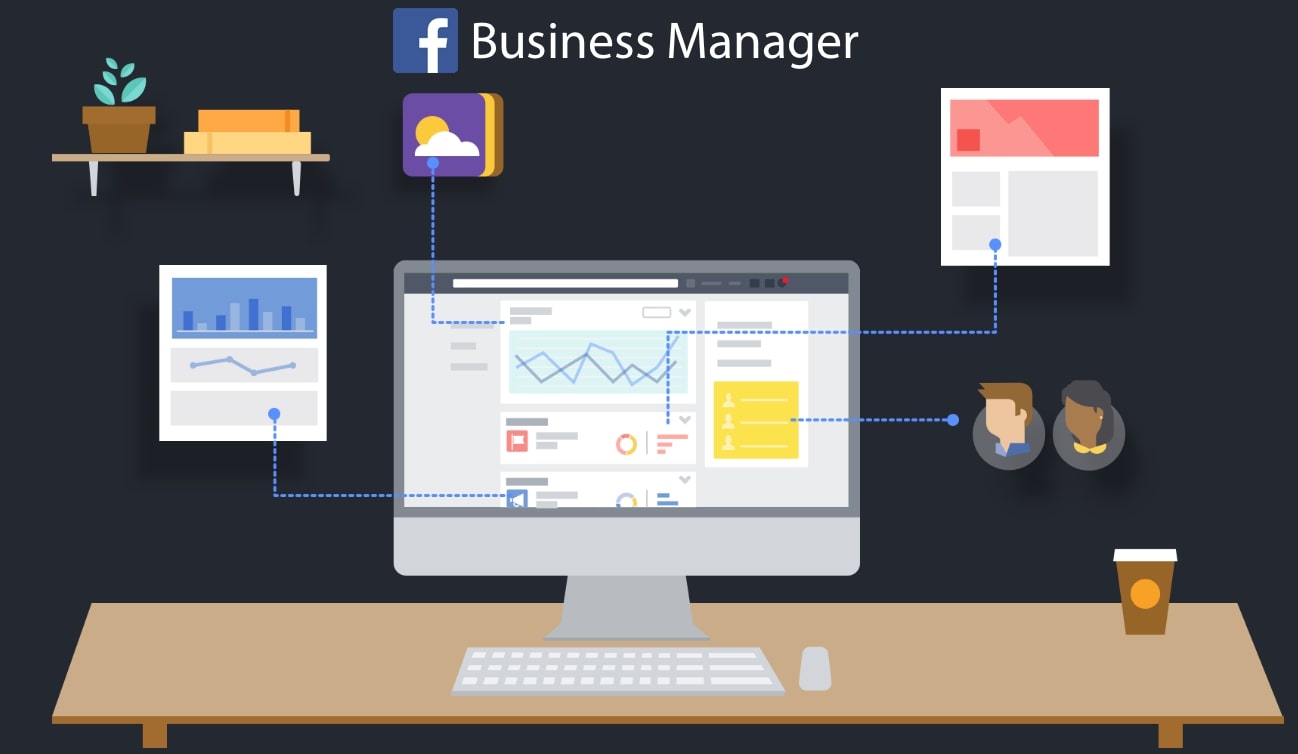
Setting up Facebook Business Manager is a good idea if you want to get the most out of your Facebook Page. You can manage your business tools, assets, and employee access to these assets all in one place using Facebook’s “one-stop-shop.” It’s impossible to say no to this!
For the most part, Business Manager is a tool that helps you keep track of both free and paid Facebook advertising on your profile page. With the ability to collaborate with both team members and third-party contractors and agencies, it’s an invaluable tool.
Step 6: Measure your effectiveness
On its own, your plan won’t work. For it to be effective, your target audience must be engaged with your brand regularly. By keeping an eye on their activity, you’ll get a better idea of the tactics that work best for you and those that turn away potential supporters.
Fortunately, Facebook’s own Insights tool eliminates the need for a third-party provider to monitor your effectiveness. With this data, you’ll learn which content formats operate best and whether your content mix was properly generated or not. Page visits, post interaction, story reach, page activities, follower analysis, and much more useful data are all available to you.
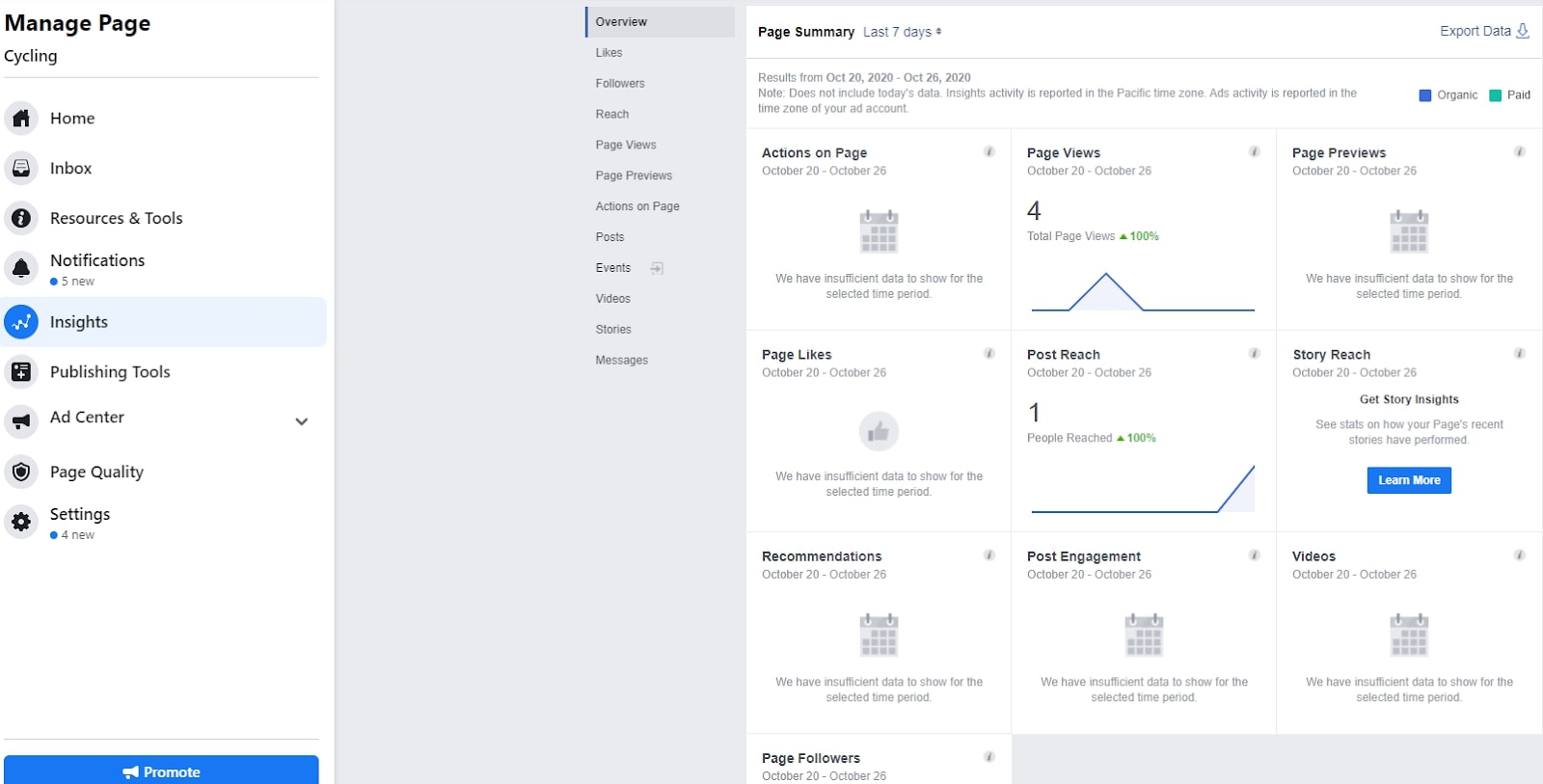
10 tips to successfully implement your Facebook marketing strategy in 2021
In light of the foregoing, you might rethink your strategy. Here are some Facebook marketing tactics to get you started, despite all the changes.
1. Post a variety of content
Content generation is the top focus for 55% of marketers when it comes to inbound marketing. On the other hand, it’s quite simple to get bogged down in a waiting game. Many marketers stick with tried-and-true methods that have been successful in the past, even though this limits their potential.
As the first of our Facebook marketing suggestions, you should think about using the 70-20-10 strategy to keep your content fresh.
- 70% for new content that is all unique.
- 20% for sharing existing content that is related to your audience’s interests.
- Only 10% for self-promotion
Aside from that, you must have a diverse collection of posts. Use images, videos, GIFs, polls, and text in your Facebook posts, and consider publishing User-Generated Content (UGC) when you have the opportunity to do so, as well. Those with the most traction post 4–5 times each day, using a wide range of material and medium. According to research, brands that only post once a day see engagement rates plummet.
2. Make more short video contents
75 million Americans view internet videos daily, and just using the word ‘video’ in the subject line of an email can increase its Click-Through Rate (CTR) by 13%.

So it should come as no surprise that video content is a top priority for digital marketers. The best results will be obtained if the content is kept short and crisp. On Facebook, shorter films (under 21 seconds) have a higher completion rate, and roughly half of all videos are viewed on mobile devices.
This shows that individuals prefer watching shorter films since they don’t have the time to watch longer ones. A good rule of thumb is to keep films around 2 minutes in length because that tends to generate the greatest attention. It doesn’t matter how long your video is as long as you start with the most relevant information.
Also, don’t forget to add captions to your promotional videos. View times are typically lengthened by 12 percent when subtitles are used. Your videos should be able to convey your message even if they don’t have any audio.
3. Modify your company page template
Make sure you have the proper company profile set up on Facebook if you want to maximize your efforts there. Also, make sure your account is correctly optimized.
Facebook’s business page templates come in many designs. With these templates, you’ll be able to display content in a way that corresponds with your business objectives. In addition, they will prioritize the most critical information about your company for you.
For example, the main focus of a charity page may be a donation button or a link to external fundraising. For corporations, e-commerce stores, organizations, and politicians, there are also plenty of designs accessible.
To make use of this feature, go to the Page Settings section of your company’s Facebook page. Choose a template that best suits your company’s needs, and then completely personalize it.
4. Try the new augmented reality (AR)
Recently, Facebook has included Augmented Reality (AR) features for its marketers in the company’s News Feed ads. Ads in users’ news feeds now allow them to try on wearables like glasses and makeup that they can then purchase if they like the results. They don’t even have to open a new application to do it.
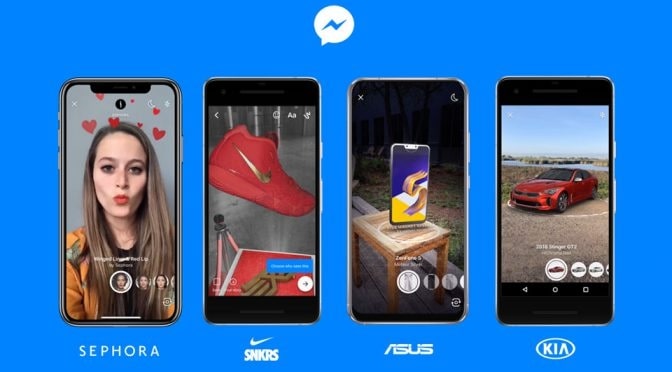
Remember AR is not simply for fashion companies. Using AR to generate a successful marketing campaign can take many forms.
As you actively encourage your audience to participate in AR, it can help you develop stronger connections with them. The more involved a user feels with a brand, the more likely they are to convert. So AR is an excellent method for showing customers how a product fits into their daily lives and improves their quality of life.
5. Go Live on Facebook
Try out Facebook live if you haven’t already. This occurs when a video is filmed and transmitted at the same time, as you might expect.
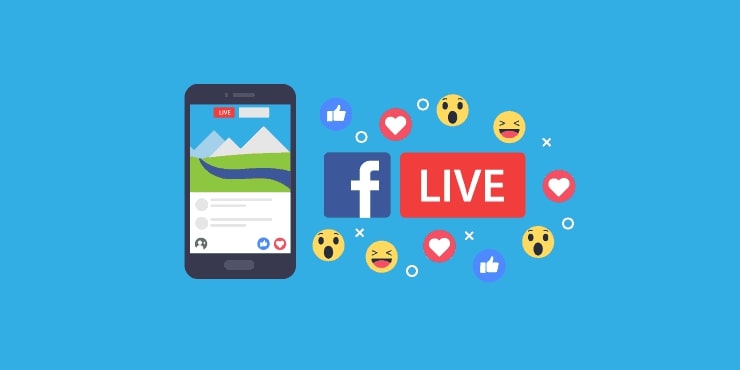
The act of going ‘live’ can generate interest since it provides an ‘on-the-spot’ view of a company and its activities. Because there is no chance to edit or improve the material, shooting video in real-time and unedited may appear more personal and honest to viewers. In addition, viewers can leave comments and pose questions, to which the artist will immediately react.
When you go live, your followers will be notified, and you may even let them know 1–2 weeks in advance if you think the video will be valuable to them. Ensure that everyone is aware of what’s going on and available to view it.
6. Take advantage of Facebook Stories
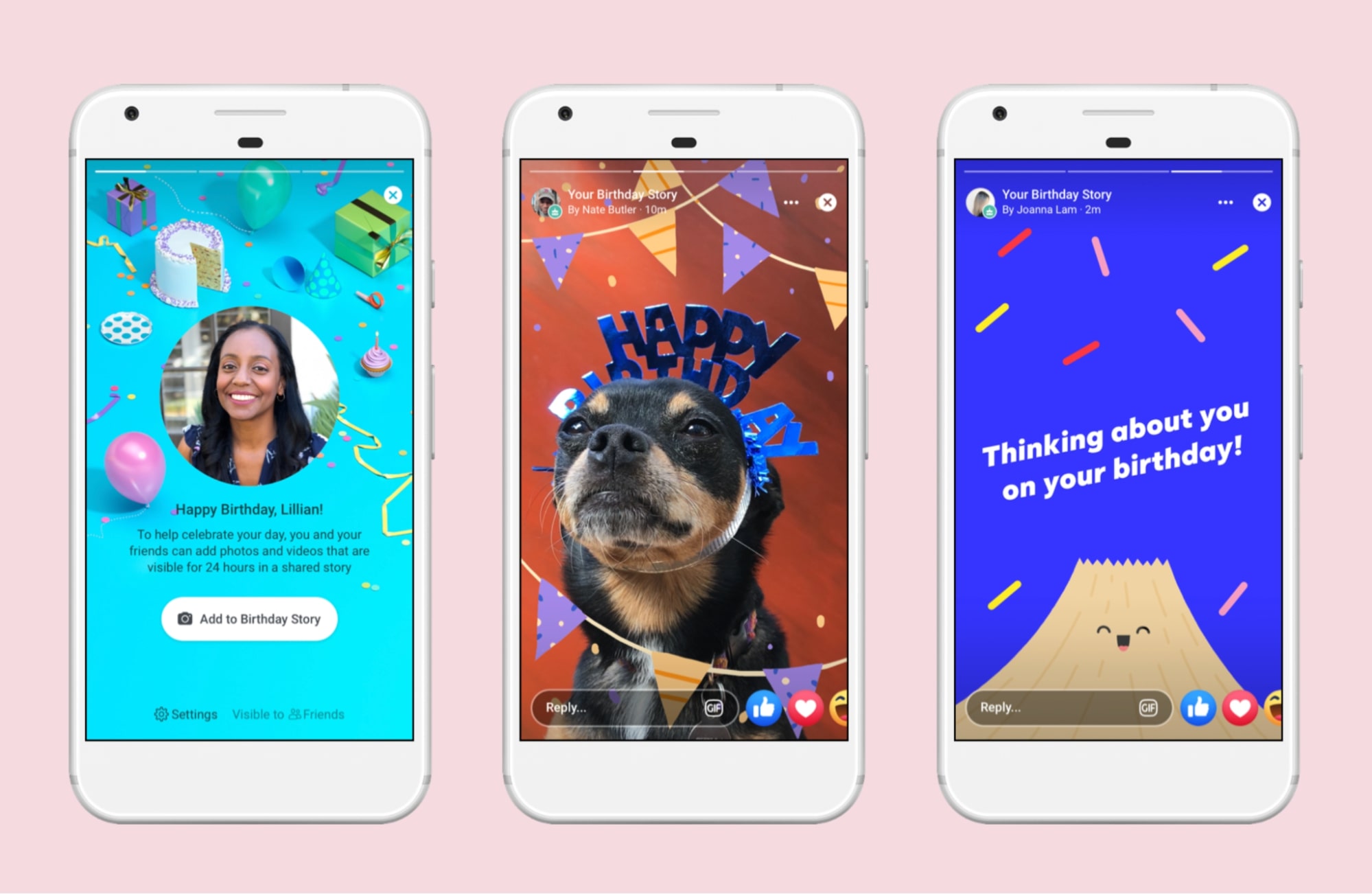
Every day, more than 500 million people watch Facebook Stories. Stories are 24-hour disappearing photo or video posts in a vertical format (for mobile phones). Before moving on to the next article, photos only last for five seconds and videos can last up to twenty seconds.
You’ll see stories from friends and pages you follow at the top of the feed based on how often you’ve engaged with them. As the first story you see when you open up the News Feed, Stories have a significant position on the platform. Use this space to share snippets of your day at work, your particular projects, your travels, or the merchandise you offer. Show your company in a summary to viewers.
7. Create Facebook Groups
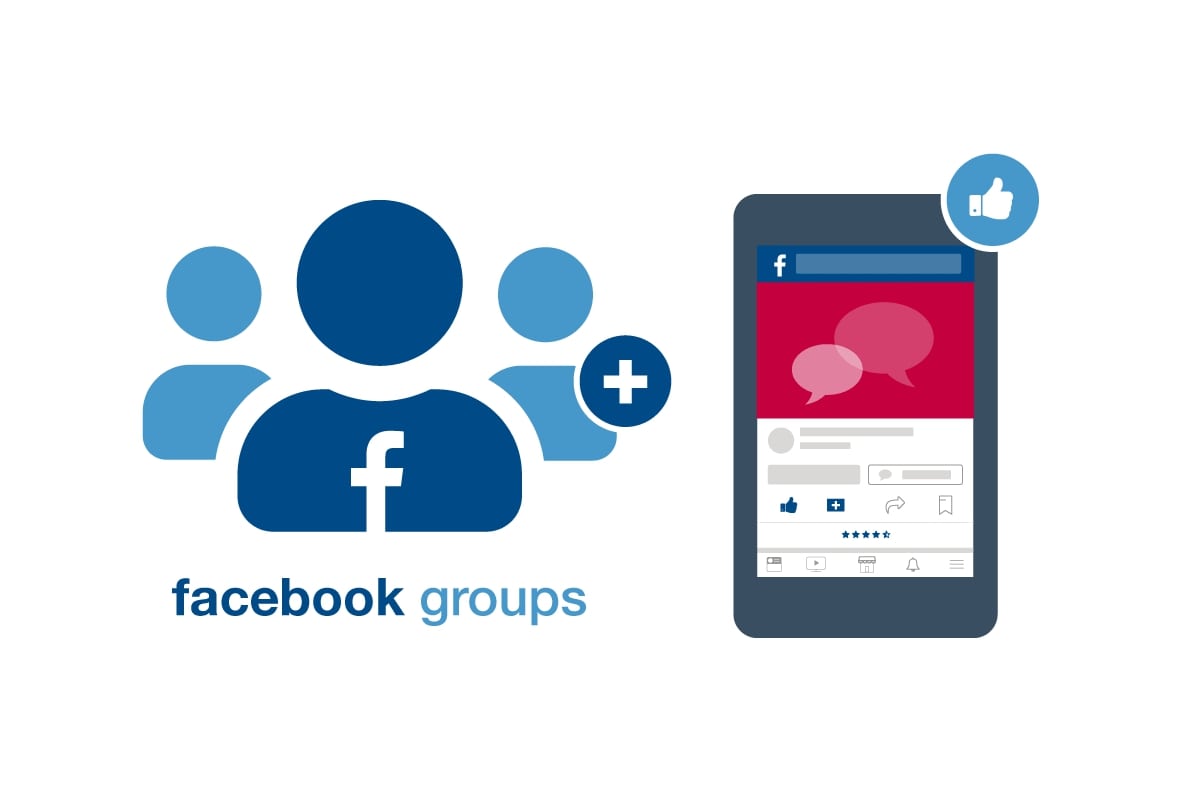
You may also utilize groups as an “extra credit” mechanism to encourage participation. They’re digital areas where individuals can exchange information, ideas, and enthusiasm for your brand or product, or service. Facebook Groups have an audience of 1.4 billion people, making them impossible to ignore.
You can also use Facebook Groups to show off your knowledge and offer additional value to your audience by creating exclusive content or special bargains for your group’s “members.” Building trust and loyalty over time is an excellent strategy.
You may not need to build a specific location for people who are passionate about your company to assemble if they have already created a Facebook Group dedicated to your brand in the past. It’s a good idea to join any such Groups you come across so you can monitor the discourse and correct any misunderstandings or negativity before it gets out of hand.
8. Share industry-related content on your social media channels
Sharing news and articles from your sector with your Facebook fans can be a valuable complement to your social media strategy, regardless of your business’s niche. Your followers will start to look to you for crucial industry knowledge if you share information about it from reliable sources.
People may find it intriguing and learn something from you if you manage a bakery and share a new frosting method from a famous baker. Share your own and other well-known industry leaders’ informational content to establish yourself as a resource for future and present consumers.
9. Create Facebook Ads and use Facebook pixel
Using Facebook’s Ads Manager, you may create your PPC (pay-per-click) ad campaign. Personal interests, spending habits, and demographics are just a few ways to narrow down your ad selection. Advertising is a great way to market on Facebook because it works so well at bringing people to your page and keeping them engaged with your content. Facebook ads can come in a variety of forms. You can use the ads library which allows you to view all the ads that your competitors are running, giving you insights into their strategies and helping you create more effective ads for your own campaign.
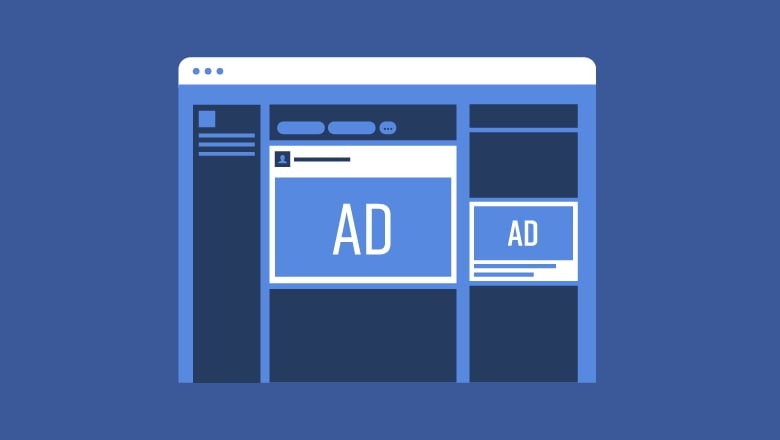
Facebook’s algorithm favors posts from friends and relatives, whether that’s for the better or worse. As a result, companies and brands may find it difficult to stand out in a crowded market. A Facebook ad is material that you pay to share with a specific, targeted audience, just like traditional advertising. You want to get your brand in front of as many eyes as possible, whether it’s to increase traffic, engage customers, or boost brand awareness.
Even if you don’t plan on using Facebook Ads shortly, getting a Facebook pixel installed today is a smart move. To track conversions from Facebook, remarket to those who have already visited your website, or generate bespoke audiences for future ads, you can use a Facebook pixel.
The pixel will begin collecting data as soon as you add it to your website. When you’re ready to promote, you’ll have all the information you need for retargeting campaigns right at your fingertips.
10. Utilize “Boosted” Sponsored Posts
It is possible to “boost” postings on Facebook so that they are seen by a wider audience than simply those who follow your company’s Page. It’s a shortened version of a complete Facebook Ad.
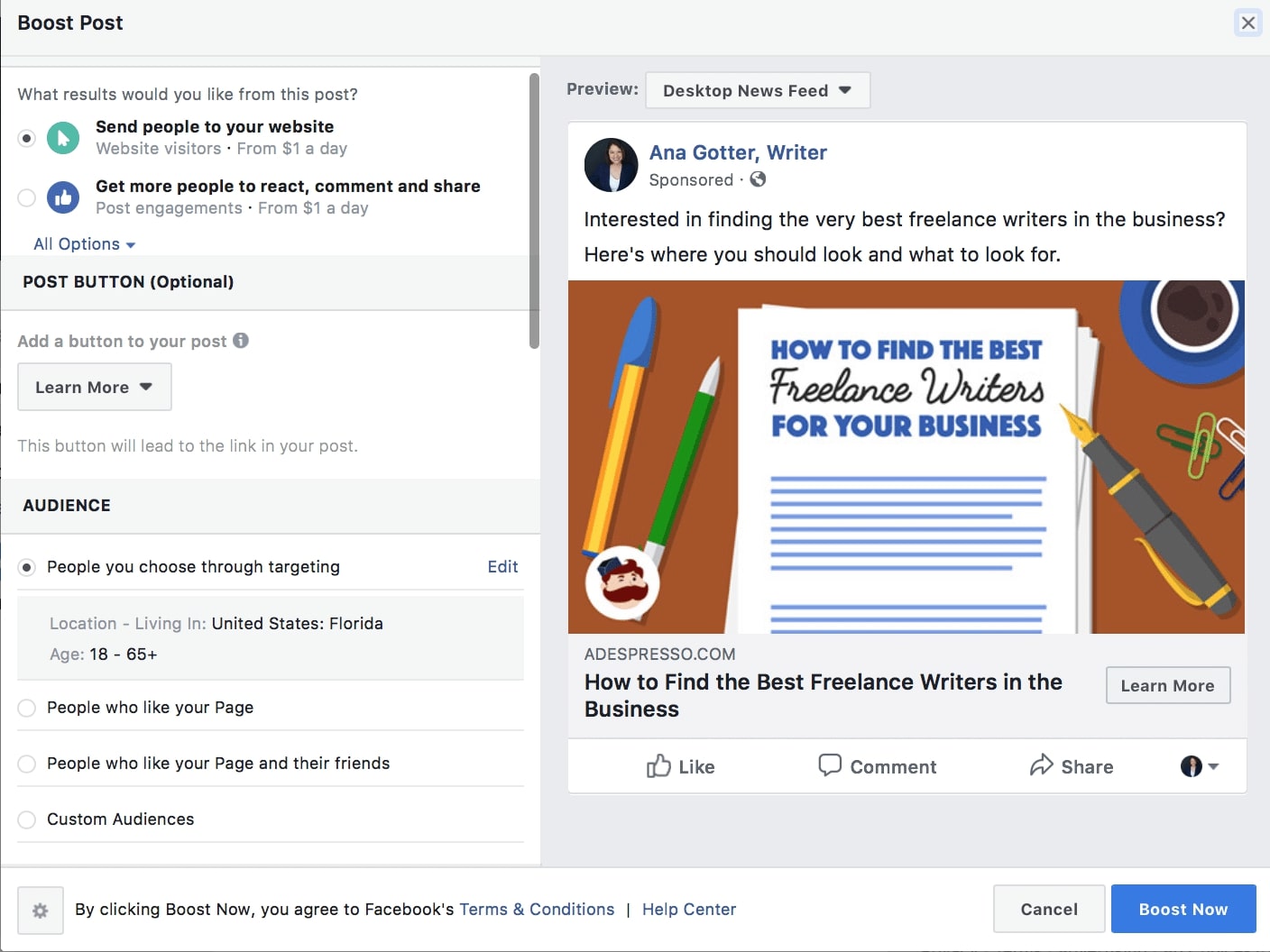
These posts are already visible on your Page and in the news feeds of your followers, but you now can increase the number of people who see content that you believe will be worthwhile and generate a lot of engagement. If your audience is more engaged, that might mean more Page likes, even more organic post engagement, and even more potential prospects for your business.
Focus on writing about your brand and the products or services you provide when choosing posts to include on your blog. Because the primary goal of boosting posts is to increase engagement, it’s important to select the ones that have the most possibility of succeeding.
To summarize, there are numerous advantages to boosting a post, including the ability to target a certain demographic, set a budget, and determine the duration of the promotion. Your boosted post can run for as long as you choose. When creating it, you can experiment with different budget and ad length settings to see how they affect how many additional people see your content.
Final Words
While Facebook still has a lot to offer, you should be aware of how recent changes to the site’s design and algorithm may affect your marketing efforts. Finally, Facebook presents a huge potential for companies to increase brand recognition and engage with their target audience. Facebook A lot can be learned about using Facebook for marketing. However, the good news is that you don’t have to spend any money to get started.
You can’t go wrong with your plan if you remember to provide value to your target audience and engage them. By considering these aspects, you’ll be able to produce more effective promotional materials that will capture your target audience’s attention.
New Posts






